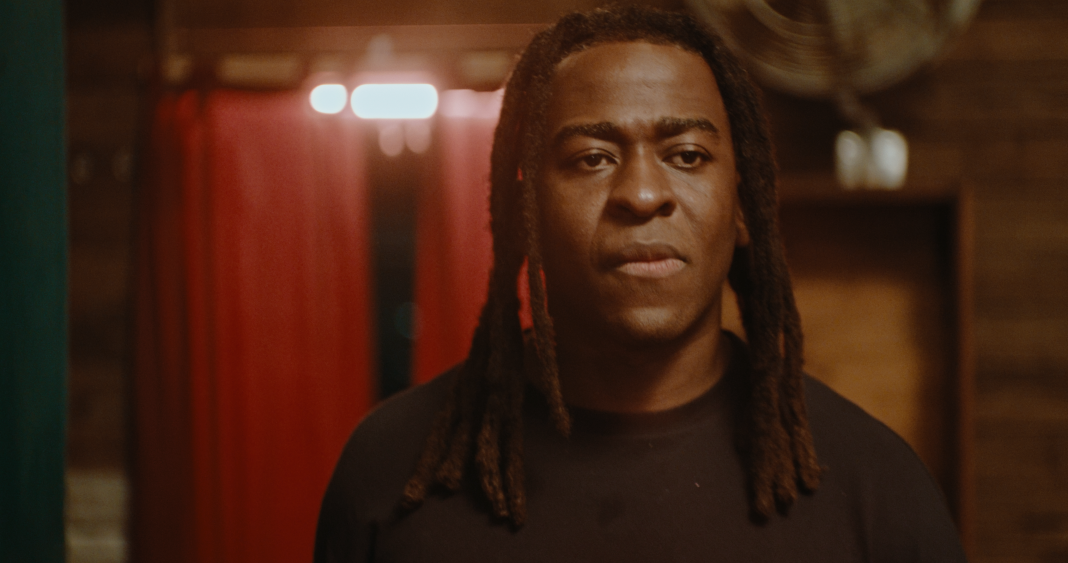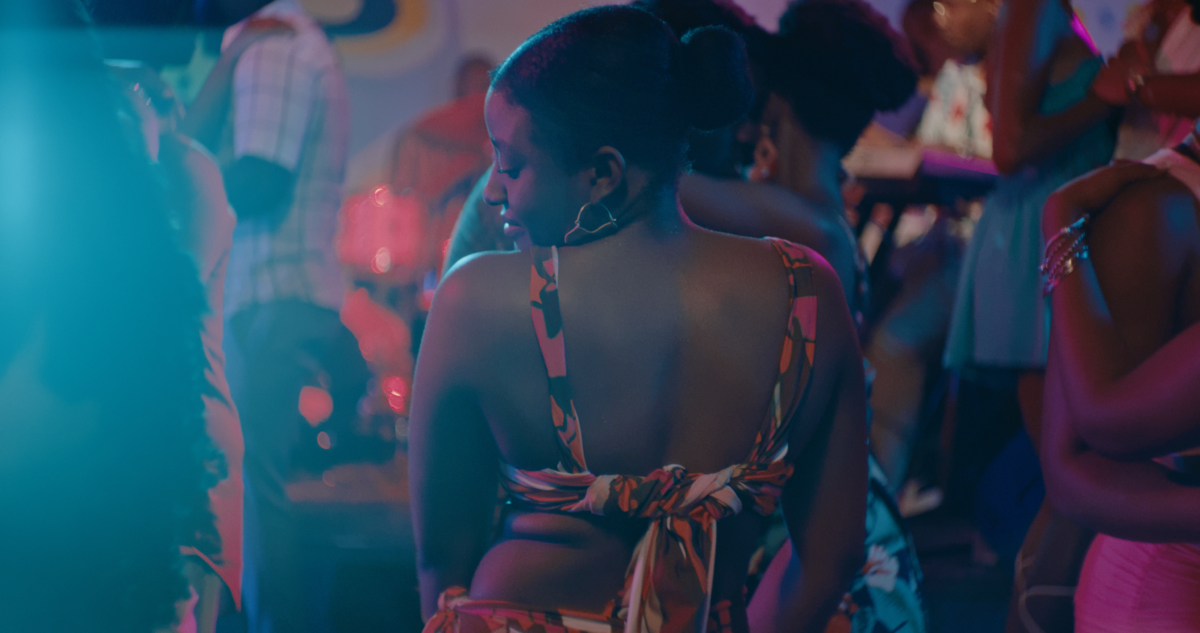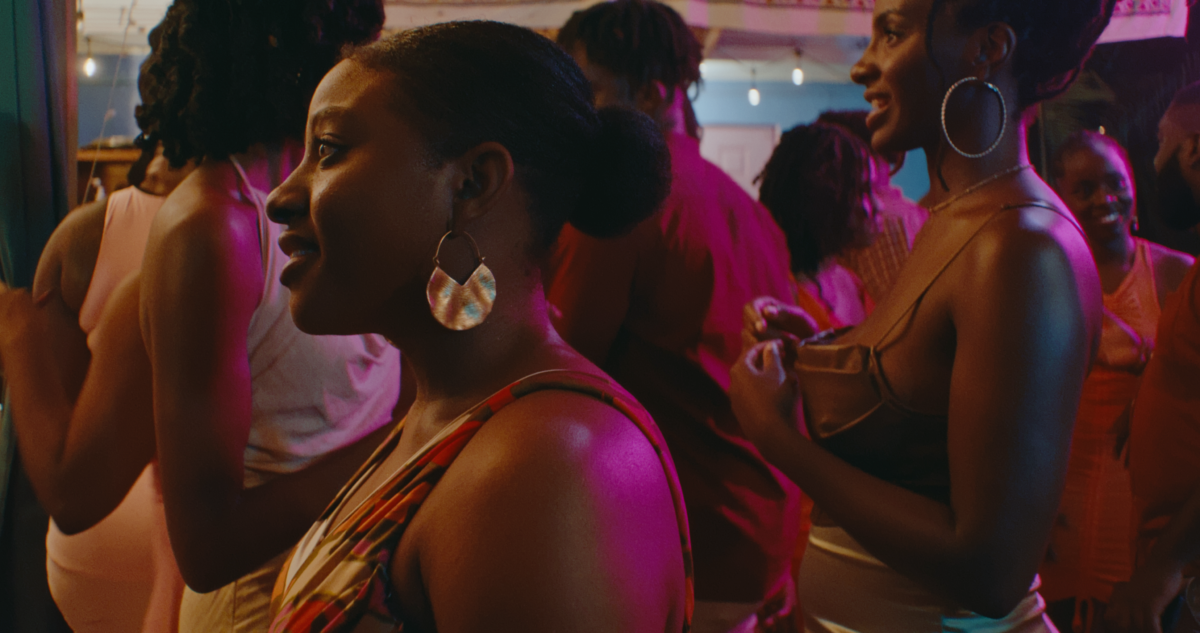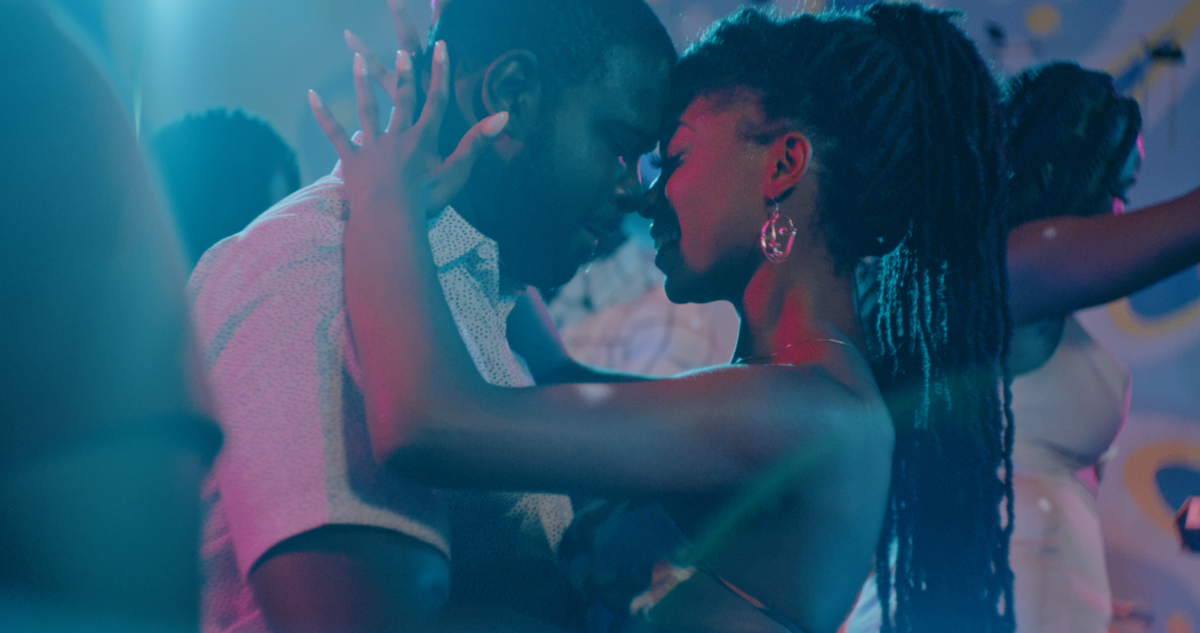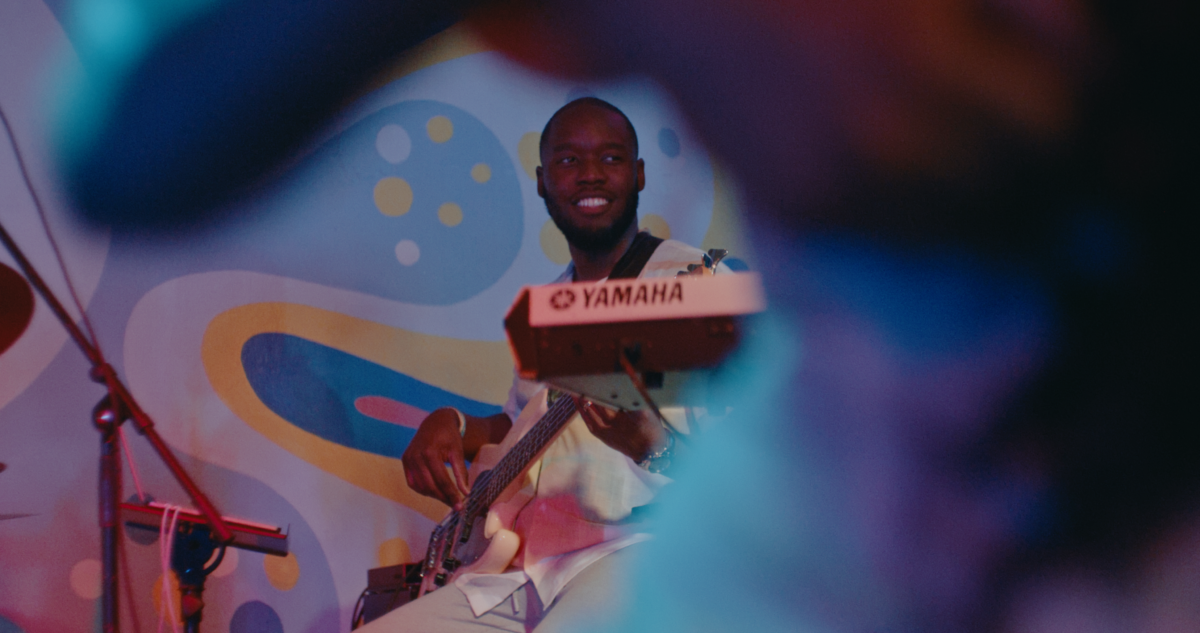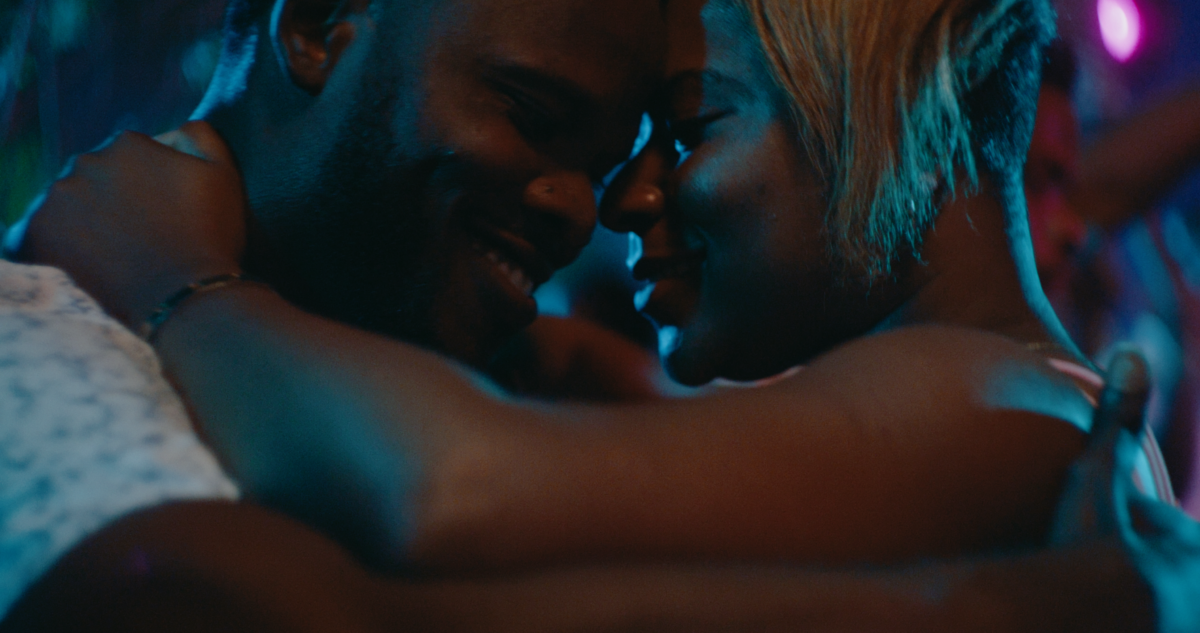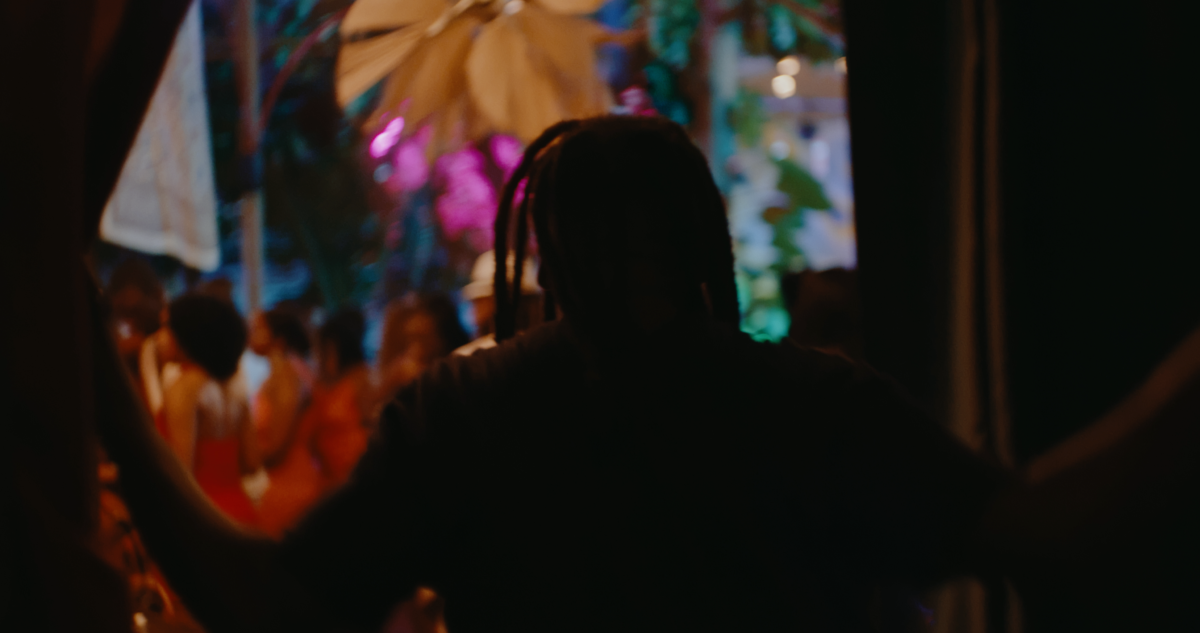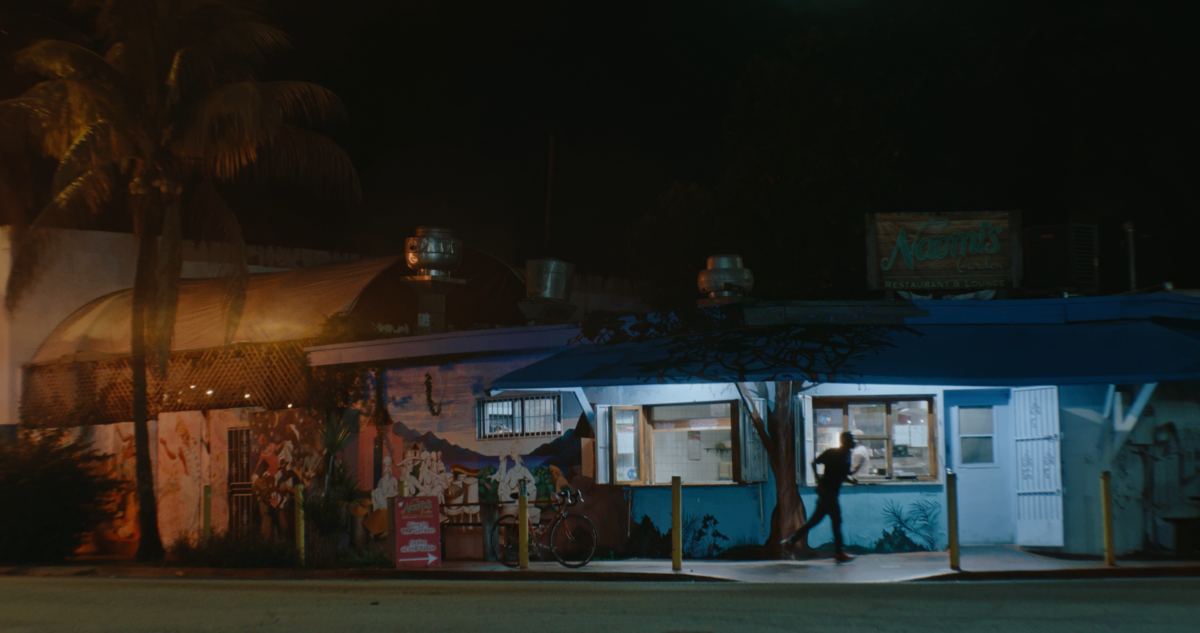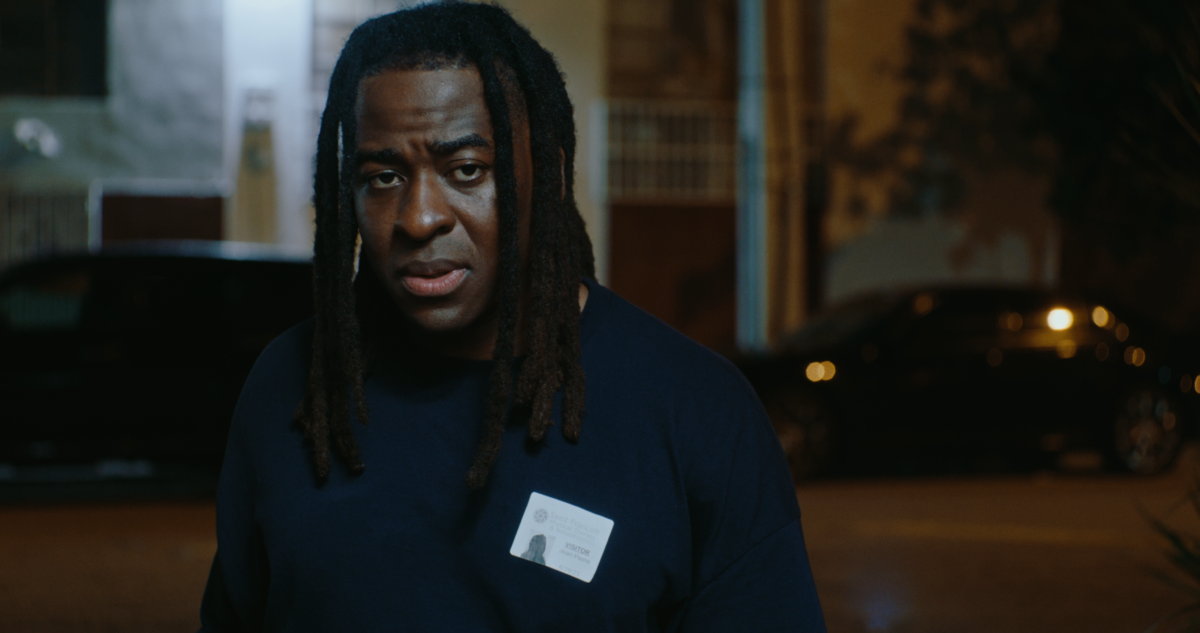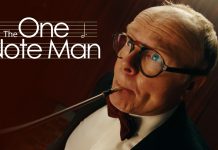Konpa is a popular music genre that originated from Haiti during the mid-1950s. Konpa, the dance, carries the same name, and is synonymous with the music. It’s very popular in Haiti and other countries around the world. Konpa has evolved so much, but remains the same at its core. You can’t go to a Haitian party, and not hear Konpa.
The film celebrates the passion for food and love alongside dance. What was the start-off point for the short?
Music and dance were the starting point of the conception of the film. I thought of it as a musical at first, then I stripped it down to find out what was the heart of the story, and that’s how I came up with the final scene of the film. From there, I worked backwards and added all the elements that I wanted to see: food, language, love, music, and dance… Haitian culture.
Tell us about your cast.
Most of our cast are non-actors. Our lead, Edson Jean, is a thespian and filmmaker, so we were blessed to have him.
Konpa is Nagela Bures Lukacs first time on screen, she kills it. Our background actors mostly consisted of professional dancers, so they were used to the bright lights and did an exceptional job. The rest of the cast were non-actors from the Haitian community in Miami/Little-Haiti that auditioned for the role. Everyone showed up and trusted me with their art.
Tell us a bit more about the dialect of Haitian Creole.
Well, Haitian Creole is not a dialect, but a language. Now, we do have various dialects of Haitian Creole throughout Haiti and abroad, a popular distinct Haitian Creole dialect can be found in the northern part of Haiti.
Who and what are your key cinematic influences?
I have so many, and nowadays it’s constantly evolving as I sharpen my voice, but I say: Christopher Nolan, and Denis Villeneuve, Alfonso Cuarón, and Steve McQueen.
Would you like to expand on the themes explored in this short into a feature idea?
Yes, for sure. There’s more to the world for sure. This is just a slice of the pie.
You are from Port-Au-Prince in Haiti. How spiritually connected do you remain to the community?
Most of my dreams are set in Port-Au-Prince. No exaggeration. It’ll be a dream about me running late for a movie showing, but yet it’s in Port-Au-Prince or I’m dreaming of eating at this restaurant in Atlanta but yet it’s magically set in Port-Au-Prince.
I have family and friends there, so I hear about what’s happening on the grounds all the time. I go back whenever the opportunity presents itself, and it’s usually the second thing I mention when introducing myself: my name is and I’m from Port-Au-Prince, Haiti.
You have worked various positions in film and television. Where do you feel are your strengths and what remain key challenges in your evolution as an artist and storyteller?
I believe I’m really good at breaking story, giving notes, and story structure overall. Key challenges? Everything else lol. I remain a student of the game, so even if folks tell me I’m good at this or that, I still work hard at it and work on my craft.
Finally, what are you most proud of about this short?
That I get to showcase Haitian culture to audiences around the world, and most importantly have an inner dialogue with my fellow Haitians.
Timothy Mark Davis:


